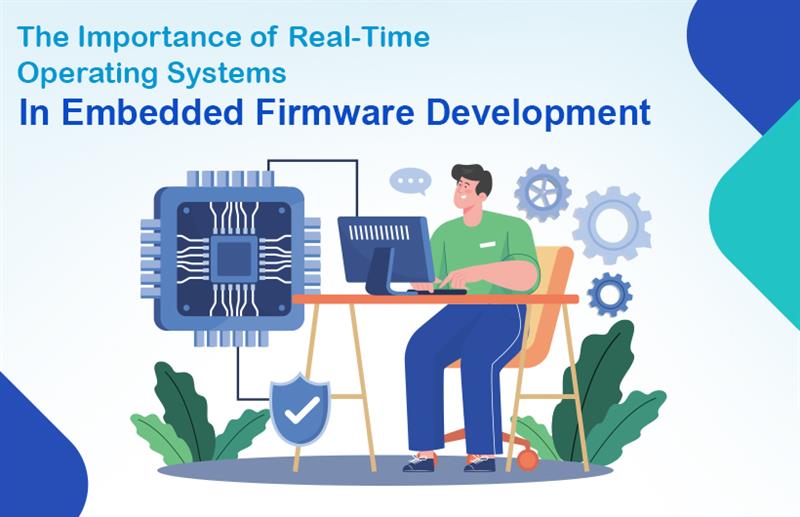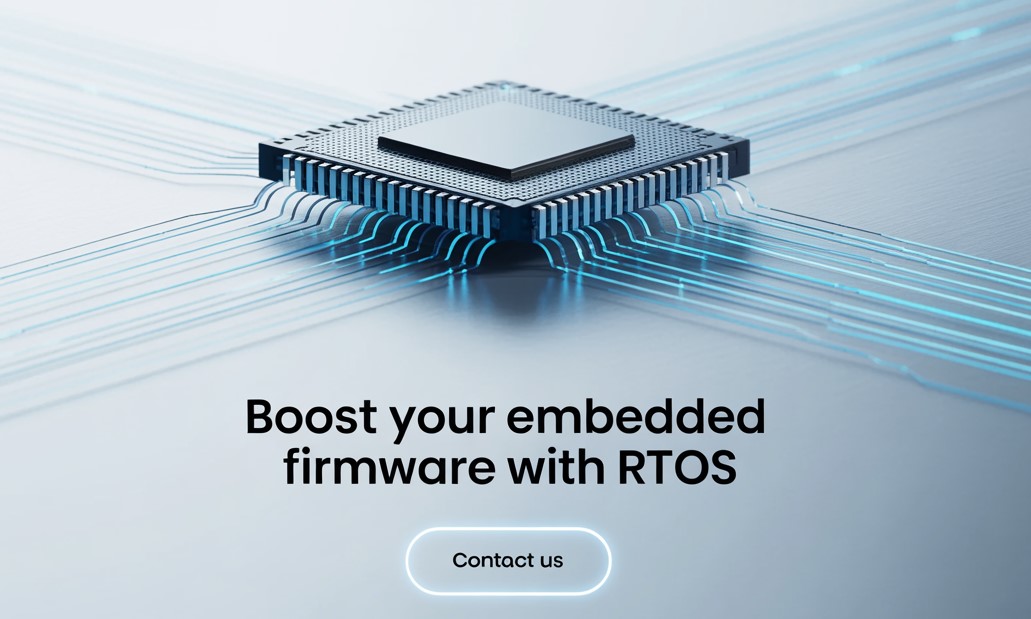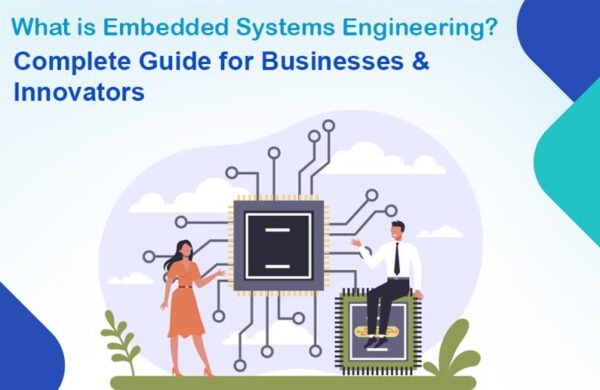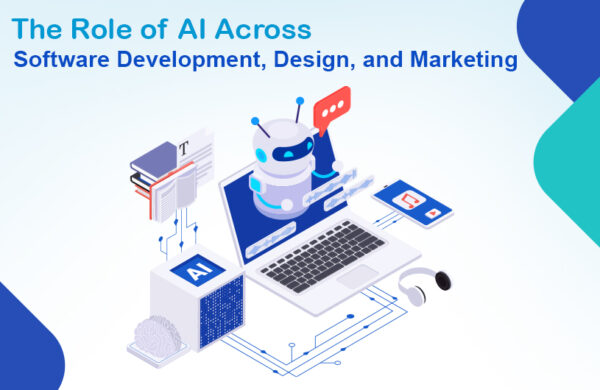In today’s fast-evolving technology landscape, embedded systems power everything from smart home devices to automotive electronics and industrial machinery. Behind these systems lies embedded firmware, the software that controls the hardware. To ensure seamless and reliable performance, developers often rely on a Real-Time Operating System (RTOS).
What is Real-Time Operating System (RTOS)?
A Real-Time Operating System (RTOS) is a specialized operating system designed to handle tasks that require real-time execution with minimal delays. Unlike general-purpose operating systems (OS), an RTOS ensures that tasks are executed within predefined time constraints, making it essential for time-sensitive applications such as industrial automation, medical devices, automotive systems, and telecommunications.
RTOS manages system resources efficiently to ensure that critical tasks meet their deadlines. It uses scheduling algorithms to prioritize tasks based on urgency and importance. Unlike traditional operating systems, which focus on maximizing throughput and resource utilization, RTOS prioritizes predictability and consistency.
Why RTOS?
RTOS is vital for applications that demand high reliability, precision timing, and predictable behaviour. The following are key reasons why RTOS is preferred in embedded firmware development:
- Deterministic Task Scheduling: Ensures tasks are executed within predictable timeframes, avoiding unpredictable delays.
- Multitasking Support: Allows simultaneous execution of multiple tasks without significant overhead.
- Efficient Resource Management: Optimises CPU and memory usage, ensuring smooth operation even in resource-constrained environments.
- Real-Time Constraints Handling: Manages strict timing requirements in applications like robotics, automotive ECUs, and avionics systems.
- Scalability and Modularity: Allows developers to add or remove functionalities as needed without major architectural changes.
Difference Between Real-Time Operating System & Operating System
| Feature | Real-Time Operating System (RTOS) | General-Purpose Operating System (OS) |
| Task Execution Time | Deterministic & Predictable | Non-deterministic & Variable |
| Task Scheduling | Priority-based (Preemptive) | Time-sharing or batch-processing |
| Response Time | Guaranteed within limits | May vary depending on the load |
| Resource Management | Optimized for efficiency | Focuses on maximizing throughput |
| Use Cases | Embedded systems, automation, aerospace | PCs, servers, consumer electronics |
Types of RTOS
There are three primary types of RTOS based on how tasks are scheduled and executed:
1. Hard Real-Time RTOS
- Strict adherence to deadlines; missing a deadline can result in catastrophic failures.
- Used in critical systems such as medical devices, military applications, and aviation.
2. Soft Real-Time RTOS
- Deadlines are important but not critical; missing them occasionally does not result in system failure.
- Common in multimedia applications, telecommunications, and industrial automation.
3. Firm Real-Time RTOS
- A balance between hard and soft real-time systems.
- Some deadline misses are acceptable, but frequent failures can degrade system performance significantly.
- Used in financial transaction systems and cloud-based data processing.
Benefits of Using Free RTOS
Free RTOS is an open-source real-time operating system that is widely used in embedded firmware development. It offers several advantages:
- Cost-Effective: Being open-source, Free RTOS eliminates licensing costs while providing a robust system.
- Lightweight and Scalable: Uses minimal resources, making it ideal for small, embedded devices.
- Portability: Supports multiple architectures and microcontrollers, allowing flexibility in hardware selection.
- Modular Design: Developers can include only the required features, optimizing memory and processing power.
- Large Community Support: Extensive documentation and community support help in troubleshooting and enhancement.
- Security Features: Provides kernel isolation and task privilege management for secure application development.
Some Major Issues Related to RTOS
Despite its advantages, RTOS-based systems come with challenges that developers must address:
1. Complex Debugging & Troubleshooting
- RTOS-based systems often involve multiple tasks running concurrently, making debugging complex.
- Tools like trace analyzers and real-time debuggers are needed to identify issues.
2. Memory Management Issues
- Inefficient memory allocation can cause fragmentation and unpredictable behaviour.
- Developers need to optimize heap and stack memory allocation to prevent failures.
3. Priority Inversion
- A low-priority task holding a resource can block higher-priority tasks, leading to performance degradation.
- Priority inheritance mechanisms must be implemented to avoid such issues.
4. Interrupt Handling Challenges
- RTOS needs efficient interruption management to handle high-priority tasks without disrupting system stability.
- Interrupt Service Routines (ISRs) should be designed efficiently to minimize delays.
5. Overhead & Resource Consumption
- Context switching and task scheduling introduce overhead, requiring careful optimization.
- Developers must balance performance and functionality to ensure efficient execution.

How to Use RTOS
Implementing an RTOS involves several key steps:
1. Select an RTOS
- Choose an RTOS based on the project requirements, hardware compatibility, and available resources.
- Popular choices include Free RTOS, VxWorks, Macrium, and RTEMS.
2. Configure the RTOS Kernel
- Set up the kernel based on available system resources, such as memory and processor speed.
- Define task priorities and scheduling policies.
3. Create Tasks and Assign Priorities
- Define tasks and specify their priorities to ensure real-time execution.
- Use functions like xTaskCreate () Free RTOS to manage tasks.
4. Implement Synchronization Mechanisms
- Use semaphores, mutexes, and message queues to manage inter-task communication and prevent conflicts.
5. Optimize Resource Utilization
- Ensure efficient use of CPU and memory by optimizing task execution and memory allocation.
6. Debug and Test the System
- Use real-time debugging tools and simulators to test RTOS behaviour under different conditions.
- Perform stress testing to evaluate system performance.
7. Deploy & Monitor Performance
- Deploy the RTOS-based firmware in the target hardware and continuously monitor performance metrics.
Conclusion
Real-Time Operating Systems play a crucial role in embedded firmware development, offering deterministic scheduling, resource efficiency, and real-time responsiveness. Choosing the right RTOS and implementing it effectively can significantly improve system performance and reliability. While challenges like debugging and priority inversion exist, proper planning, testing, and optimization techniques can help in overcoming these issues. By leveraging open-source RTOS like Free RTOS, developers can build cost-effective, scalable, and high-performance embedded solutions suitable for various industries.
For companies like Monarch Innovation, integrating RTOS into embedded firmware development ensures enhanced efficiency, precision, and scalability in designing cutting-edge embedded systems.
FAQs
1. Is Windows 10 an RTOS?
No, Windows 10 is not a Real-Time Operating System (RTOS). Windows 10 serves as a general-purpose operating system for desktops and laptops. It cannot guarantee deterministic timing or predictable task execution, which are critical for time-sensitive embedded applications. Developers use specialized RTOS like FreeRTOS, VxWorks, or QNX for real-time tasks.
2. What is the most used RTOS?
One of the most widely used Real-Time Operating Systems (RTOS) is FreeRTOS. It is open-source, lightweight, and highly portable, making it ideal for embedded firmware development across microcontrollers and small devices. Other popular RTOS options include VxWorks, QNX, Zephyr, and RTEMS, depending on application requirements and industry standards.
3. What language is used in RTOS
Developers primarily use C and C++ programming languages to build Real-Time Operating Systems (RTOS) because these languages provide efficiency, low-level hardware control, and high performance. Developers sometimes use assembly language for critical, time-sensitive routines to ensure minimal latency and precise timing.






